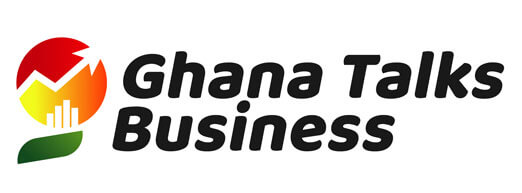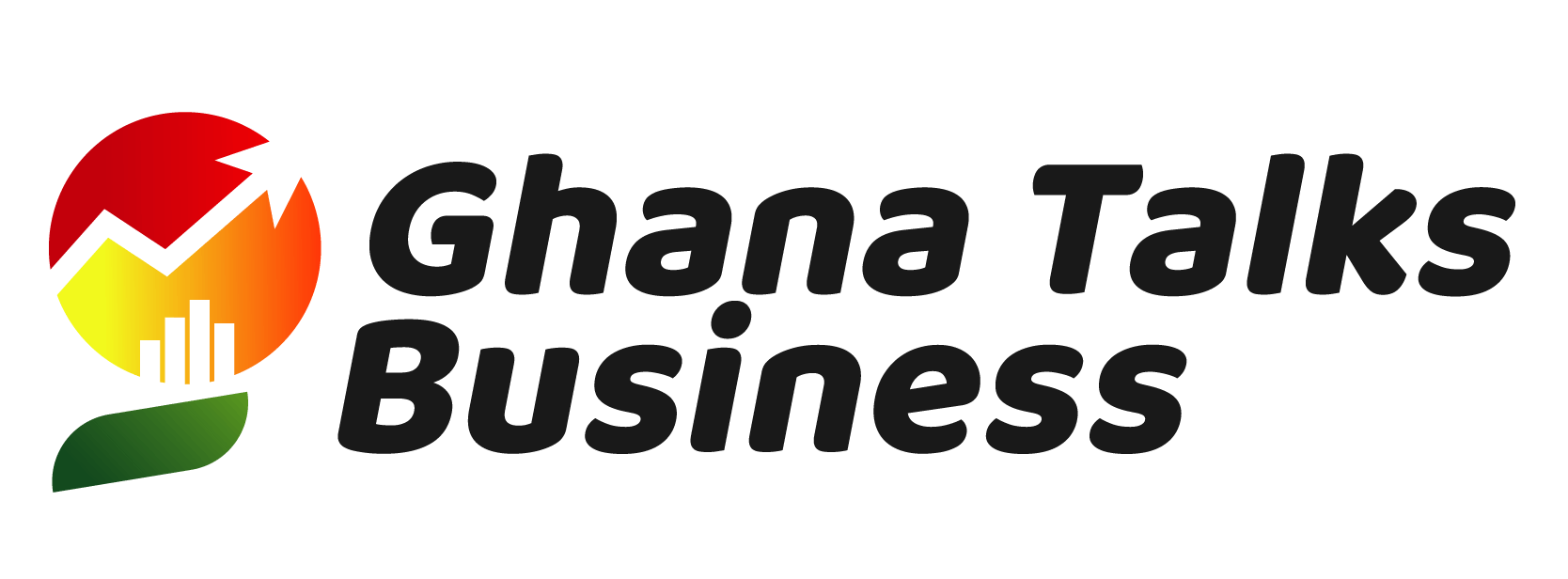The Monetary Pricing Policy (MPC) of the Bank of Ghana has once again reduced the policy rate to 13.5percent. This review brought down the policy by 100 basis points from June 2020. This is good news, as the trend could influence other macroeconomic indicators to improve as well. But how does this trend affect lending rates? Usually, they are positively correlated, that is, they rise together and fall together. Not so with weak economies.
Some financial indicators have responded accordingly to the repeated drops in policy rates from January 2021 to date. Most significant being the inflation rate.
Treasury bill rates have also followed the trend and have also dropped from 13.02 percent in March 2021 to 12.65 percent in June 2021 for the 91-day Treasury Bills. The 182-day and 365-days bills have also dropped from 13.78 percent to 13.40 percent and 16.70 percent to 16.34 percent respectively.

Source: Bank of Ghana
Repeated calls from business community and analysts for bank lending rates to drop significantly would continue. Putting the year into perspective, one would notice that though the policy rate has dropped 100 basis points (1.0 percent), borrowing rates has declined by a disproportionate 35 basis points (0.35 percent) from 20.96 percent to 20.61 percent. The business community and individuals maintain that the average borrowing rate of 20.61 percent and above for universal banks and 29 percent for Savings and Loans and other lower tier financial institutions is still high. The truth is, lending rates in Ghana is high. Obviously, there is an expectation for the banks’ lending rates to equally decline in tandem with the policy rate. This expectation may never be, and these are the reasons.
Policy Rate vrs Lending Rate
The policy rate is not the sole determinant of the cost of money to the banks. A number of factors goes into what is termed the hurdle rate. Therefore, it also does not become the sole determinant of the interest rate for borrowing. Banks are quick to adjust their BASE RATES to commensurate with the going policy rate and broadly advertise as such. But base rate is nothing like lending rate. The banks base rates attract borrowers only for them to apply the ‘real’ lending rates which have many other elements, such as, risk premium built into it. Other cost factors like operational cost of advancing a loan facility all come into play. And since the cost of doing business is generally high, it feeds into what the borrower ultimately pays; high lending rate!
In a typical situation, a universal bank that sets their base rate at 18.00 percent would lend to a borrower (including Agric-based customers) from 22 percent upwards, again depending on the perceived risk of the borrower and the type of facility.
Unrealistic Indicators
It is also not a secret that the very beautiful economic indicators government churns out during reviews, do not largely reflect realities on the ground due. In effect, if the policy rate assumes a very ‘beautiful position’, like it is the case now being the lowest since June 2012, it may not necessarily reflect in the final lending rate the client pays on their loan
Dollarization of the Economy
The US Dollar pretty much controls everything in the economy. The extreme dollarization of the economy is a good reason why lending rates would still be high relative to policy rates. As long as the Ghana Cedi (GH₵) continues the downward depreciation spiral, cost of doing business would be high. The USD drives everything in the economy, from computers to Waakye (a local rice meal). The USD component after purchasing a computer is straight forward but what of the Waakye? One meal of Waakye consists of rice which is imported, Cowhide (Wele) also imported, Cooking oil (possibly imported), spaghetti, also imported. By the time one eats a bowl of Waakye, he/she has eaten a well USD-Denominated meal.
USD($) is predominantly in every asset the bank uses for service delivery to the customer. Factors of service are namely PCs, stationery, staff’s cost, fuel e.t.c., Though the Cedi has predominantly held its strength against the dollar in the first half of 2021, the dominant trend is that of depreciation. Therefore, even with the current Cedi performance against the Dollar, we still sit on tenterhooks knowing the fragility of the Cedi, and how it can easily tip over into old ways. Policy rate is reduced but our Cedi continues with its uncertainties against the USD, so though the bank gains on cost of funds, the general cost of business is increasing. Where does the bank get cost savings enough to pass on to the borrower in the form of reduced lending rates as expected?
No Regulatory Controls
In the past pressure groups have called on the Bank of Ghana to control interest rate set by banks. Kenya attempted to curb high lending rates by limiting the margins of lending rates to 4 percent above the central bank rate (CBR). This may not necessarily be the best option, but there could be other motivational rewards for the financial institution that is able to prove reasonable pricing for their loans. As there are no forms of regulatory interventions on the limits of lending rates, banks would continue to set rates that makes them ‘profitable’.
Cost of Deposit
The BOG release of deposit rates for universal banks in November actually provided interesting trend. Again, it is observed that though policy rate is declining, universal banks were still paying rates on savings deposit at an average 7.63 percent as at June 2021. Banks could be seen offering rates at 13 percent on time deposit. One would have thought that deposit rates should go down as policy rates go down. The system is still squeezed with little cash floating around. Banks therefore have to compete with government for the cash from potential depositors, something seen through the numerous deposit promotions and rewards and even paying interest on current accounts. Banks are seen paying more on savings at 7.63 percent in June 2021, than in June 2020 at 7.56 percent when policy rate was higher at 14.5 percent. The cost of mobilizing and keeping deposit (interest expense) is therefore high due to the economic squeezing and competitive pressures. If a bank pays relatively more on time deposits and on current account, savings account (CASA), do not expect to pick up a loan at an interest rate of less than 22 percent, irrespective of decline of policy rate .
What is the case then? The government and Bank of Ghana have a lot to do. Government should increase spending in the private sector to push cash into the system. There should be policies and drives that reduces risk within the broader environment (systemic risk). The Bank of Ghana bank apart from managing policy rates may introduce some enforceable guidelines to set lending rates, and above all and most importantly, Government should fix the DOLLARIZATION OF THE ECONOMY.











